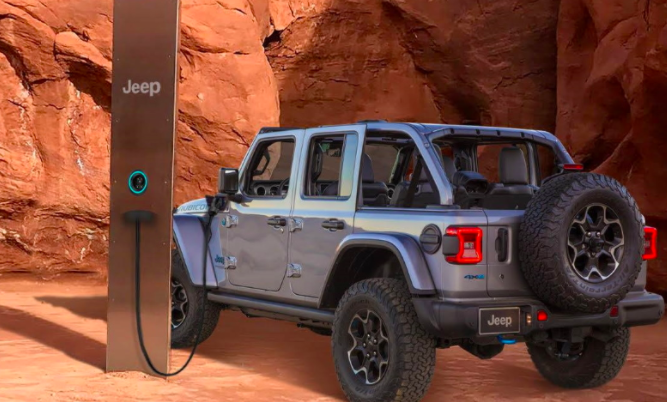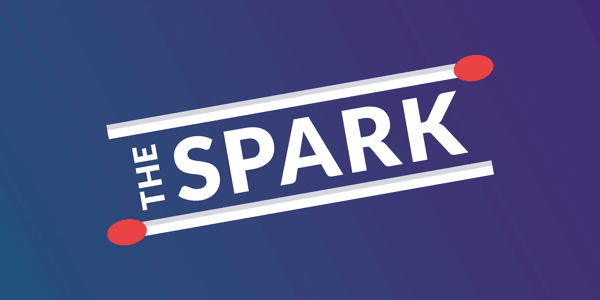Caps Off to TwitterEven for those who love a good ad (*raises hand*), seeing the same ones over and over again can be maddening. Plus, not only does it waste your valuable marketing dollars, it can be off-putting to the target-ee; this is where Twitter’s new frequency capping update comes into play.
Frequency capping allows marketers to set limits on how often you show someone an ad within a given time frame. According to Twitter, up to 80% of the overall impact on ad recall and brand awareness occurs within the first two exposures (per week) of a campaign for top-of-funnel marketing, i.e., when your target consumers are in the interest/awareness stage.
If you’re looking to establish brand recognition, pushing your ads too hard can actually cause consumers to experience “*insert your brand name here* fatigue” — putting them off from interacting with you. Frequency capping allows marketers to focus on what’s important: Managing exposures (and saving $$$) to early-stage groups while maintaining the connection to those who have shown interest, allowing for better control over impression delivery and audience reach.
TD;DR: Twitter makes frequency capping available for all ad campaign types, allowing marketers to avoid the dreaded “brand fatigue.”
YouTube & Your QsYouTube is pulling back the curtain a few more inches with new insights into how its feed algorithm works. The video is one of the latest offerings from the platform’s official Creator Insider channel. It addresses some marketers’ most pressing questions about things like video distribution and how to maximize reach.
The latest installment answers questions like “Will updating a thumbnail improve a video’s performance?” (short answer: no) and “How does YouTube’s algorithm determine the order in which videos appear in a search query?” (basically just like Google).
With 83% of marketers saying that video has helped them generate leads, B2B companies need to fully understand how to market on YouTube and maximize performance. These insight videos provide a great starting point for marketers considering making YouTube a larger part of their 2021 plans.
Tl:DR: YouTube’s latest Creator Insider video provides new insights on how creators can maximize reach.
Millions and BillionsReddit is like the black sheep of the major social platforms. But times are changing — and this social underdog is gunning for its competitors. The company released a key metric for the first time: its daily active users (spoiler: there are 52 million of ‘em). Sure, it may sound small compared to Facebook’s 1.82 billion or Snapchat’s 249 million. But for advertisers looking to reach Reddit’s particularly niche communities, it’s pretty substantial.
Reddit’s disclosure of this number and its reported $100 million in ad revenue in 2019 are vital signals it is getting serious about its ad offerings. The company announced it’s on a path to raking in $1B in ad revenue over the next three years, hinging on brands to take a leap of faith and start incorporating Reddit into their paid strategies.
We understand brands may fear the site’s unique style and unruly subreddits. It’s different than the norm and can be harder to understand. But Reddit’s a community-based platform where advertisers can reach diverse audiences through both paid ads and organic content. And we predict that it’ll continue to become a more legitimate (and necessary) platform for brands, big and small, moving forward in the world of social media.
TL;DR: Reddit’s increasing popularity among global internet users paired with its expanding ad capabilities boost the platform’s appeal for brands.
What Lit Us Up
Monumental and MonolithicAny other year, the appearance of a mysterious monolith in the middle of the desert would be the talk of the town. In 2020, it’s just another day. But that didn’t stop Jeep from making the most of it. The car brand took to its social media channels to promote its hybrid Jeep Wrangler, claiming the monolith was actually a charging station for the plug-in vehicle — and audiences ate it up.
On Facebook, Jeep’s post received the most engagement the brand has seen this year with more than 100,000 reactions and tens of thousands of comments and shares. The organic posts on Instagram and Twitter did similarly well, becoming Jeep’s third most popular shares in 2020 on the two platforms.
The effectiveness of Jeep’s cheeky campaign lies in its quick execution and multi-platform commitment. Had the brand only posted on one social channel or, even worse, waited too long to enter the conversation, the posts would’ve fallen flat. But by creatively tying itself to the day’s daily dose of 2020 weirdness, Jeep was able to amuse and intrigue (and probably confuse) a significant audience on its way to social media virality.
TL;DR: Quick timing and a creative take on the Utah monolith sent Jeep to social media stardom. (Was this email forwarded to you? Sign up here.)
|
-1.png?upscale=true&width=346&upscale=true&name=Tier%20One%20logo_color%20(1)-1.png)


